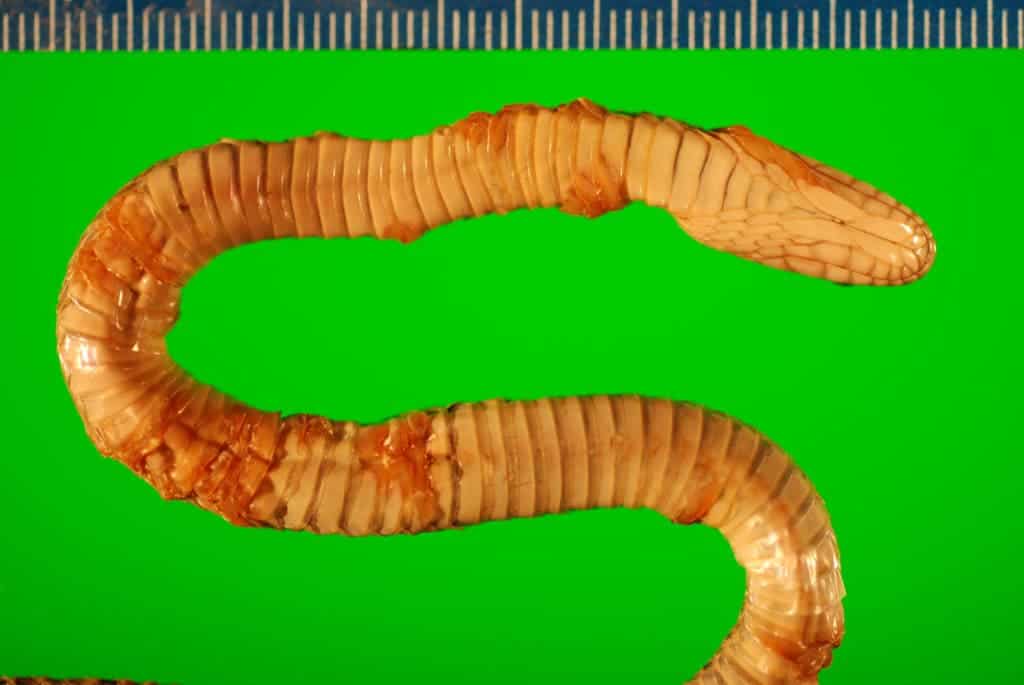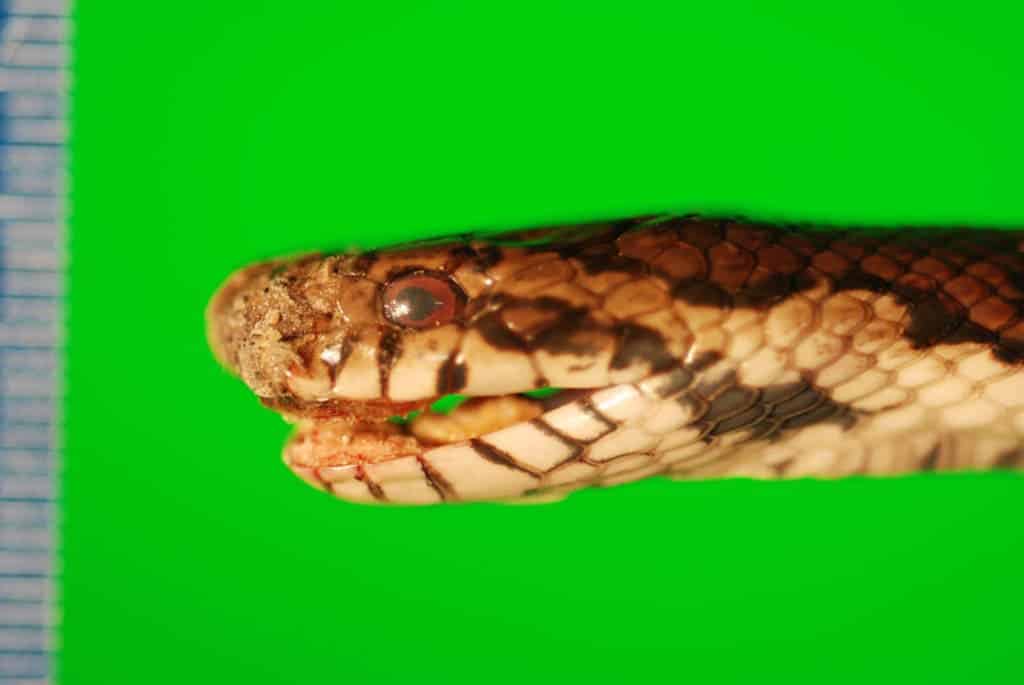Scientists still haven’t found a cure or a solution for the disease, with cases being confirmed in at least fifteen US states and several countries in Europe.

According to National Geographic, fungal diseases have run rampant in the past few decades, attacking populations of frogs, bats, and salamanders. Snakes are the latest to fall victim to such a disease. Although it’s hard to gauge its damage due to the cryptic nature of snakes, researchers fear consequences can be devastating, especially if action is delayed.
Snake fungal disease is caused by a pathogen called Ophidiomyces ophiodiicola, with the most common symptoms including skin swelling, crusts, and nodules of the skin. However, lab studies have also revealed other fungi associated with Snake Fungal Disease (SFD), so it’s hard to say that there’s only one pathogen responsible. Skin lesions often occur, which can develop into full-grown blisters that disfigure snakes, potentially leaving them unable to feed themselves.

So far, over 30 species have been found suffering from the diseases, but one group of snakes is especially vulnerable to the disease: rattlesnakes.
We don’t know why rattlesnakes are more threatened by the fungal diseases, just as we don’t know why these diseases sometimes pop up more than other times. Jonathan Kolby, an American biologist and conservationist, comments:
“It just seems one after the other that these emerging fungal diseases are appearing in different types of animals, yet they’re spread enigmatically,” said Kolby, who is also a National Geographic explorer. “We don’t know where exactly they came from or why they suddenly appear to be more virulent.”
As it’s often the case with such infections, it’s not necessarily a case of the pathogen growing stronger, but rather a case of the host growing weaker. If this is at work here, then it could mean that snakes are under environmental stresses which don’t allow them to defend properly. Moving on with that line of thought, if we want to find the cause of this disease, we have to look at what changed in their habitat. A likely culprit is climate. Jeffrey Lorch, a microbiologist at the United States Geological Survey, explains:
“It could be that if we’re experiencing cooler and wetter springs in which snakes have to spend more time underground and not be able to reach those high body temperatures necessary to fight off infection that it could leave them more susceptible,” he said.
Habitat destruction is also eating away at the snakes’ lifestyle. The problem, again, is that we still have many gaps in our understanding of snakes, because they’re notoriously difficult to study — they spend most of the day hidden and hide underground when it gets too cold. To make things even worse, snakes aren’t particularly popular, to say the least. As a result, the snake fungal disease research community is quite small, and data is scarce and unreliable.
Jennifer Moore and her research team at the Pierce Cedar Creek Institute in Hastings, Michigan, are some of the few scientists working on the issue. She is trying to develop a long-term dataset focused on the eastern massasauga rattlesnakes. The University of Illinois is also working on treatments for infected snakes. At this moment, the problem seems to be concentrated in the US, but cases of SFD have also been reported in snakes in captivity in England, Germany, and Australia, Kolby said.
“I’m concerned about spillover and introduction to other countries if the United States might be the point source,” he said. “I think that deserves more attention from other countries, too.”
Snakes play an important role in ecosystems, basically serving as nature’s pest control. Most snakes are middle-order predators, which means that they eat other creatures, but they too can be eaten by higher-order predators. Having these creatures which can be both predators and prey gives ecosystems stability and resilience.


